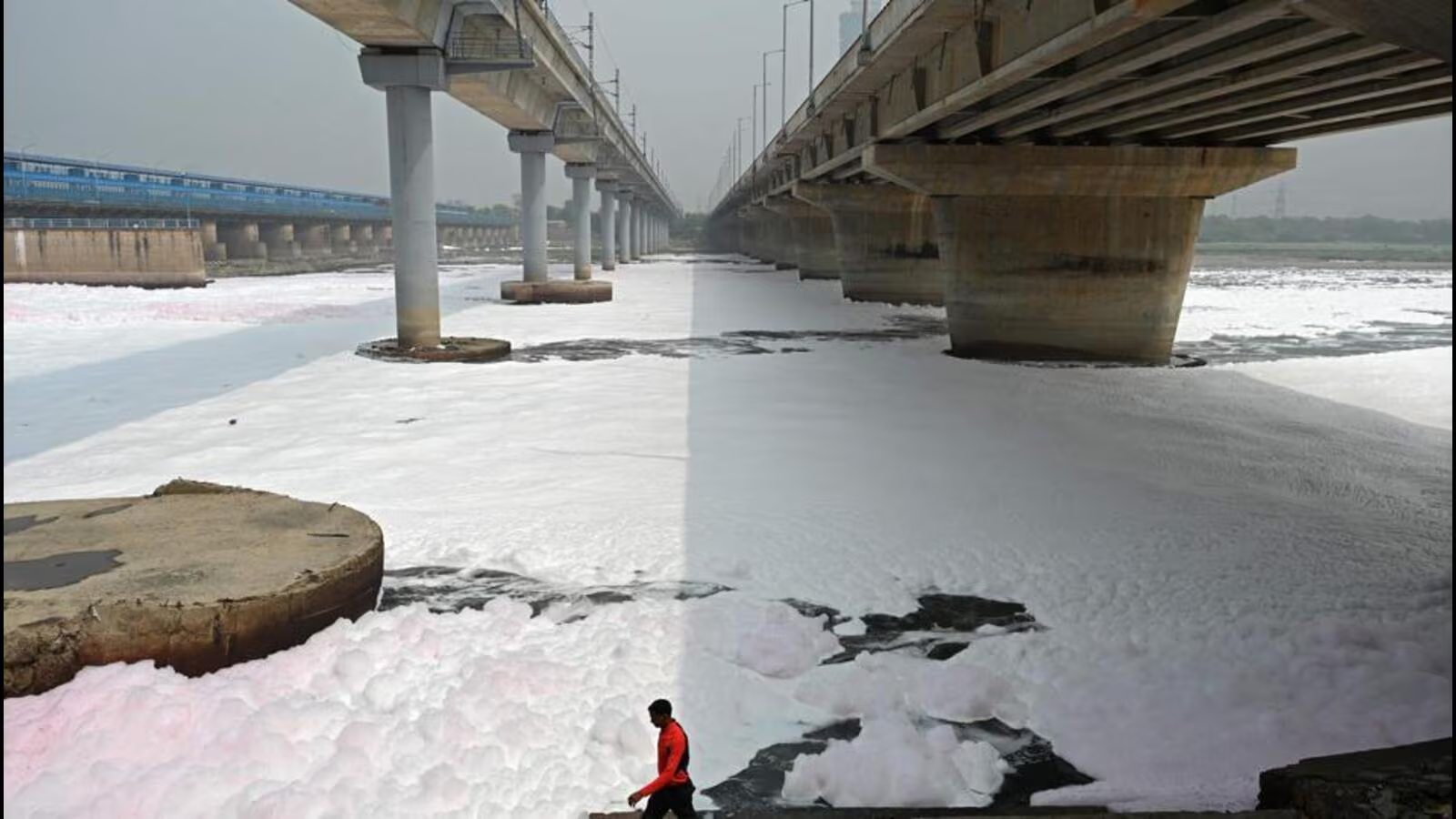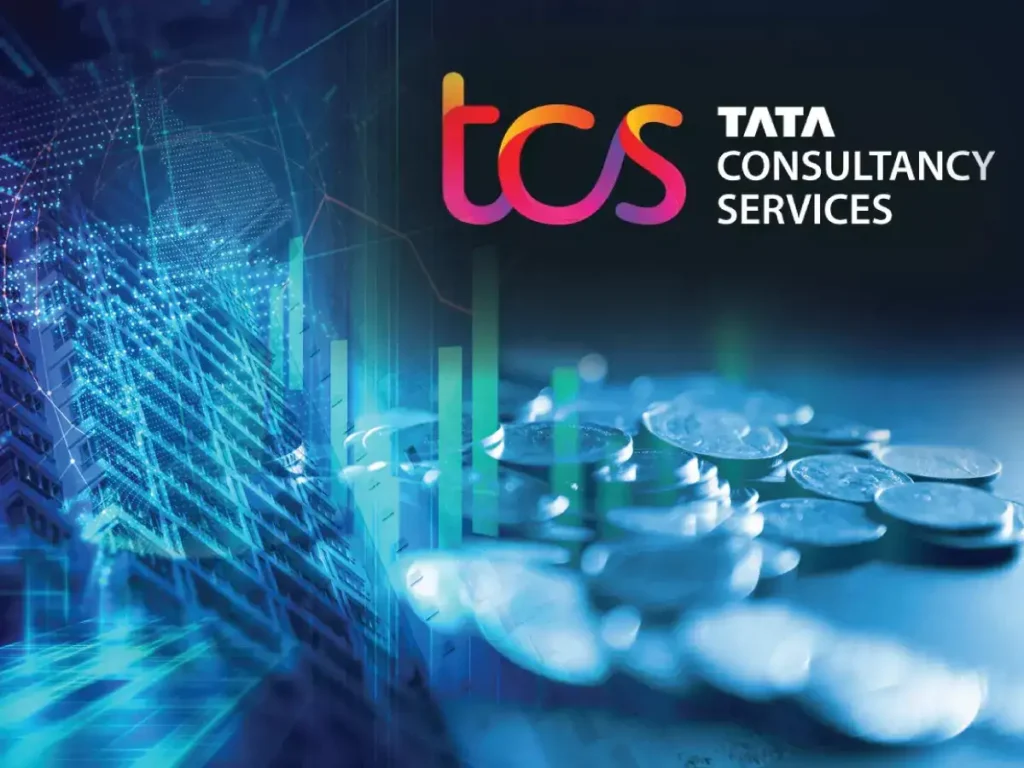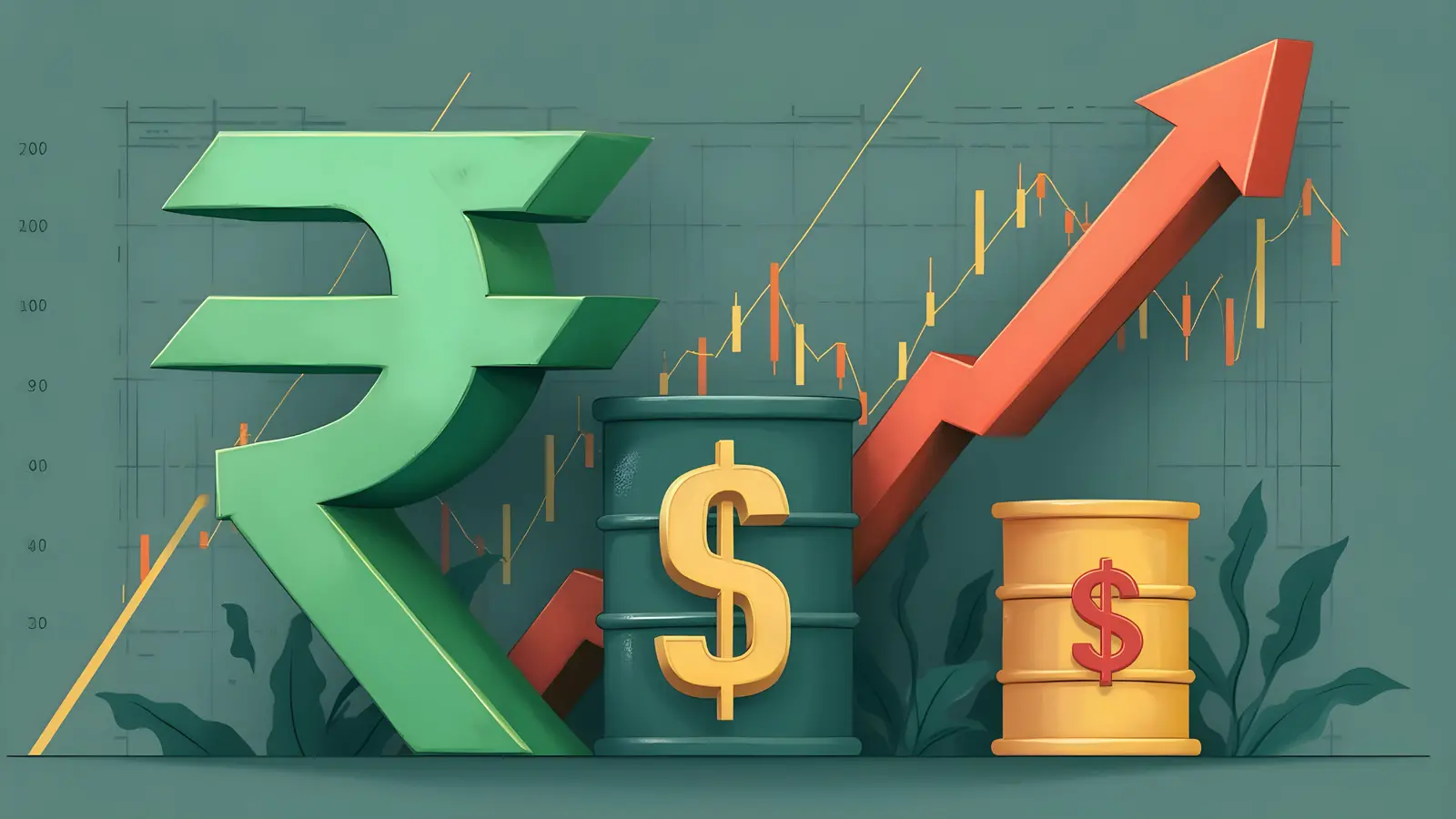Now Reading: Najafgarh Drain Discharges Twice the Allowed Sewage into Yamuna, Says Report
-
01
Najafgarh Drain Discharges Twice the Allowed Sewage into Yamuna, Says Report
Najafgarh Drain Discharges Twice the Allowed Sewage into Yamuna, Says Report

A recent report has flagged Delhi’s Najafgarh drain for releasing twice the permitted amount of sewage into the Yamuna River. Despite years of clean-up efforts, the drain continues to be a major contributor to river pollution. The findings raise fresh concerns about the effectiveness of sewage management systems—not just in Delhi, but in rapidly growing urban centres across India, including Tier 2 cities.
The Core Issue
According to the data, the Najafgarh drain alone contributes a significant portion of untreated wastewater into the Yamuna, discharging almost double the allowed biochemical oxygen demand (BOD) load. BOD is a key indicator of organic pollution in water.
This makes the drain one of the largest polluters of the Yamuna, which remains critically polluted despite multiple action plans over the last two decades.
Why the Drain Matters
Stretching from Haryana into Delhi, the Najafgarh drain collects wastewater from both residential and industrial sources. It then channels this water into the Yamuna, which is a key lifeline for the capital and surrounding regions.
Increased urbanisation, lack of enforcement, and limited infrastructure to treat incoming sewage have turned the drain into an environmental threat.
Impact Beyond Delhi
While this issue directly affects Delhi, the consequences are broader. Polluted Yamuna water flows into regions downstream, affecting states like Uttar Pradesh and even parts of Haryana. For Tier 2 cities along river systems, the concern is real—poor water quality threatens agriculture, public health, and access to clean water.
Moreover, if such levels of pollution go unchecked in a capital city, smaller cities with fewer resources are likely to face similar or worse outcomes in the years ahead.
What’s Being Done
The Delhi government has launched several initiatives, including setting up sewage treatment plants and introducing in-situ treatment projects. However, the report suggests these efforts are either delayed, underutilised, or insufficient for the scale of the problem.
Experts argue that better coordination between agencies, real-time monitoring, and stricter action against illegal discharge are urgently needed.
Conclusion
The situation at Najafgarh drain is not just a local problem—it reflects a systemic failure in managing urban waste and water resources. For India to seriously address river pollution, cities big and small need long-term solutions that focus on infrastructure, regulation, and accountability. Until then, rivers like the Yamuna will continue to suffer, along with the communities that depend on them.
























